Why it matters: Leaked benchmarks show Intel's latest iGPU outperforming AMD's Radeon RX Vega 10. Integrated graphics processors will still only get you to the bottom of the performance scale when compared to discrete graphics cards. However, having the two processor giants duking it out for that slot is good for the consumer.
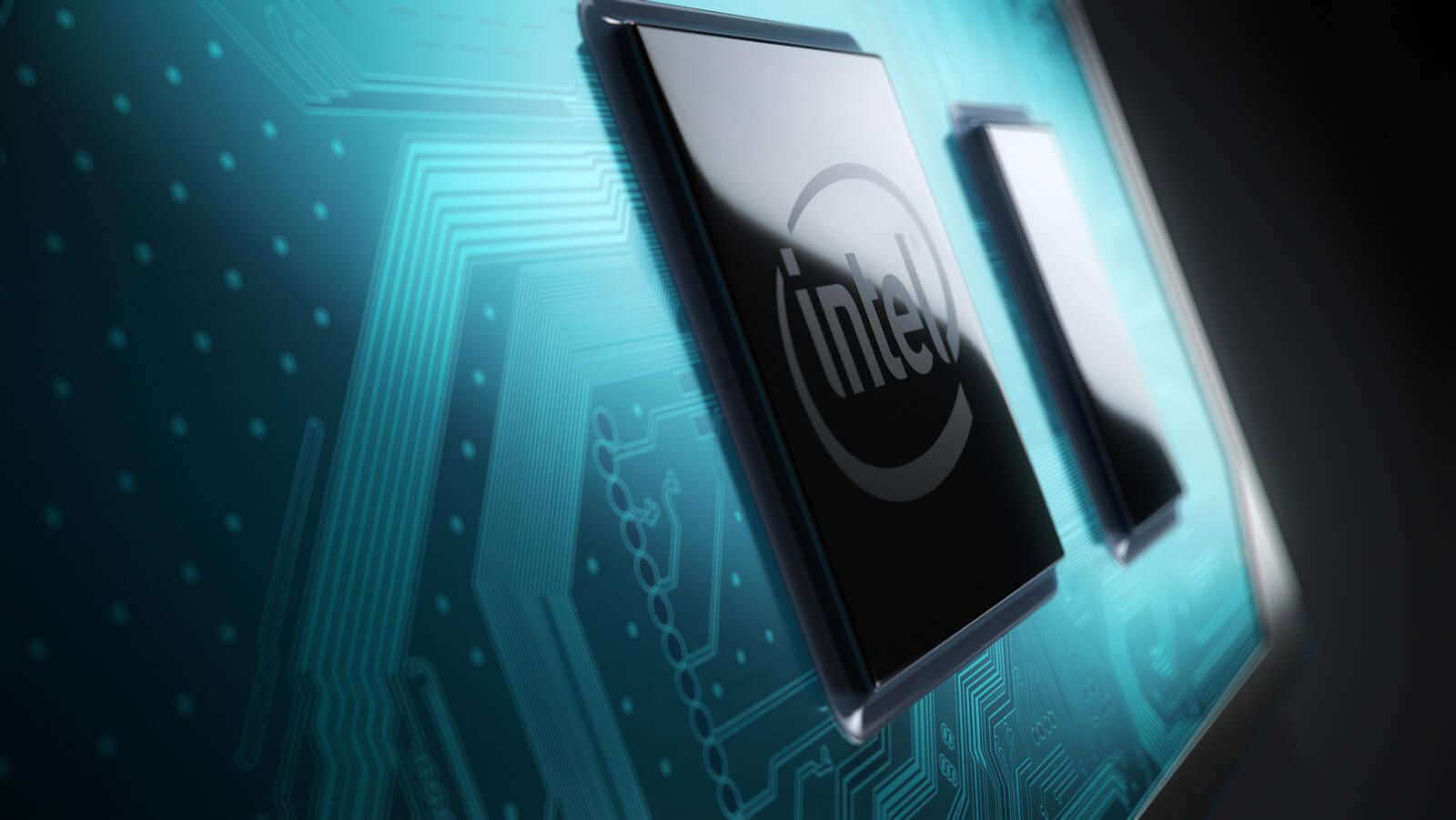
Update 10/2/19: Questions in the comments were wondering about of memory configuration of the Intel benchmark. According to Notebook Check, the Core i7-1065G7 in the Yoga C940 takes advantage of a dual-channel configuration with 16GB LPDDR4X-3733 onboard. This allowed the full potential of the Iris Plus iGPU to shine through with a maximum "Turbo Boost" of 1100MHz.
They made no mention of the configuration in the Ideapad S540.
The original story follows below:
Intel's Core i7-1065G7 Ice Lake processor features its Gen11 Iris Plus Graphics G7 iGPU. Notebook Check benchmarked the chip using 3DMark 11 and found a 15- to 25-percent boost in performance when compared to AMD's Ryzen 7 2700U processor, which sports its Radeon RX Vega 10 iGPU.
The rigs used for testing were a Lenovo Ideapad S540-14API with the AMD chipset, and a Lenovo Yoga s940-14IIL equipped with the i7. Both are ultraslim notebooks with the Ideapad going for under $1,000. The Yoga S940 debuted at CES this year and starts at about $1,500.
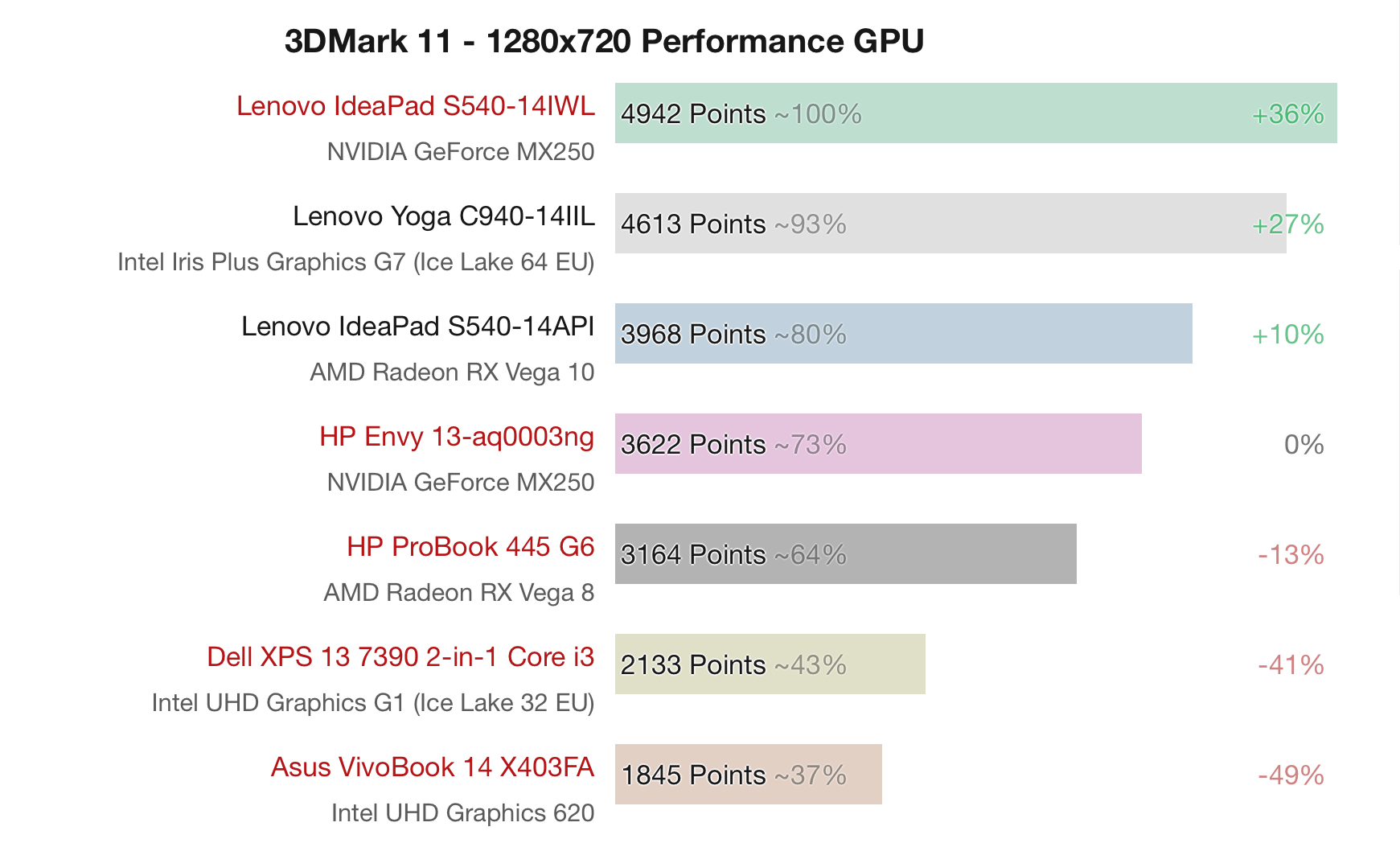
Along with a few game comparisons, they found that Intel's iGPU has caught up with AMD's RX Vega 10, while surpassing it in the synthetic benchmarks. In terms of actual gaming, the performance margins were much narrower than the 3DMark tests but still just barely gave the G7 the edge.
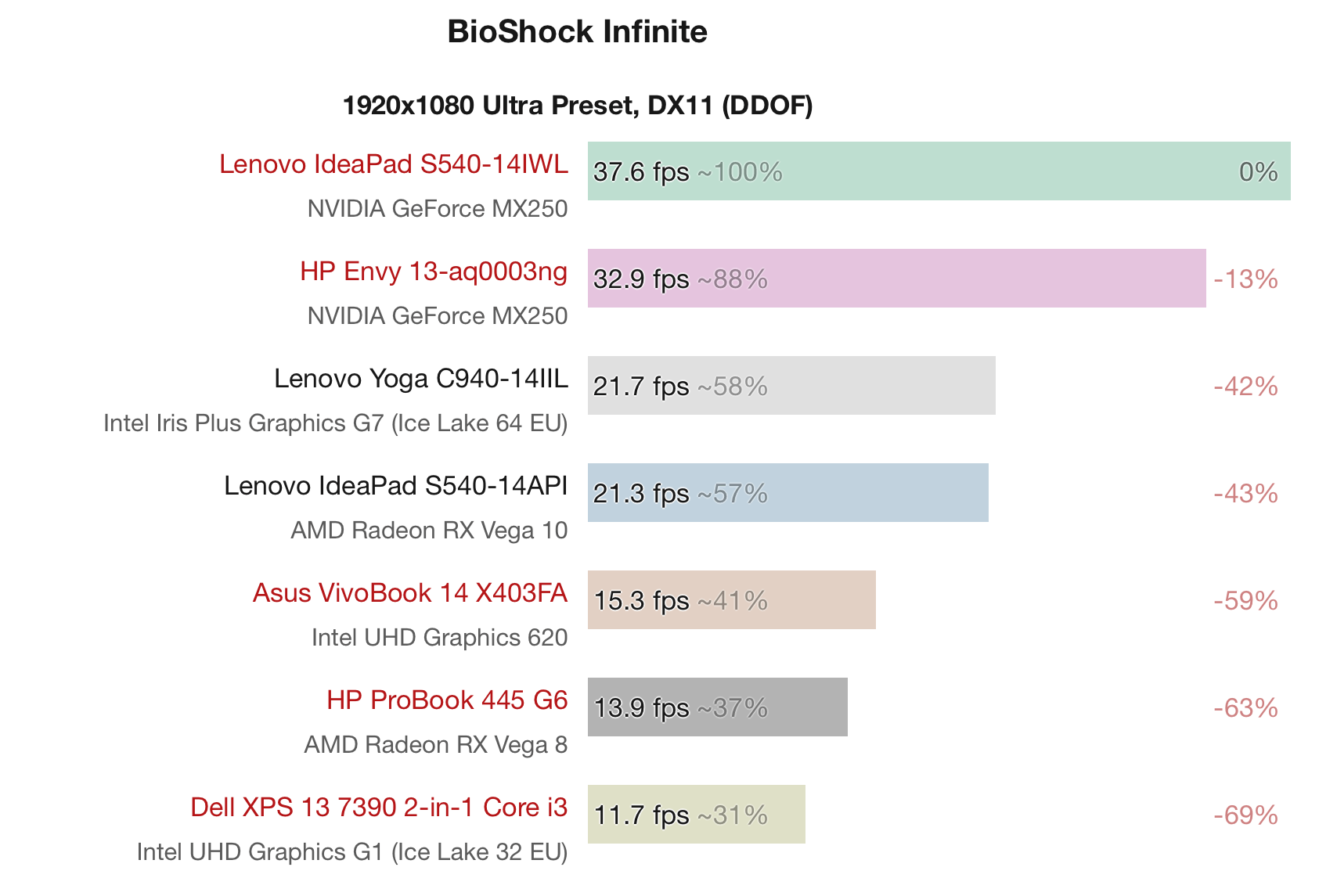
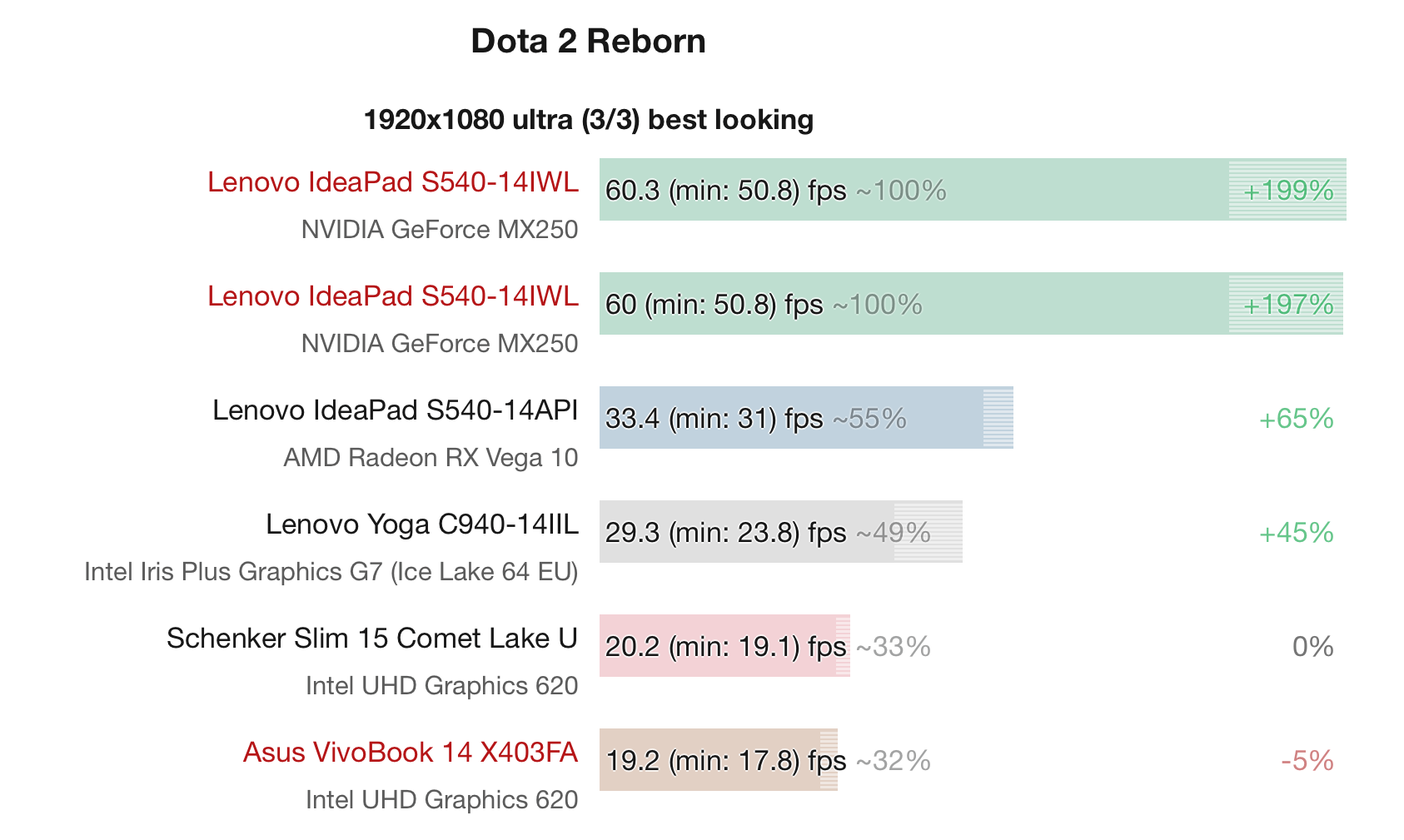
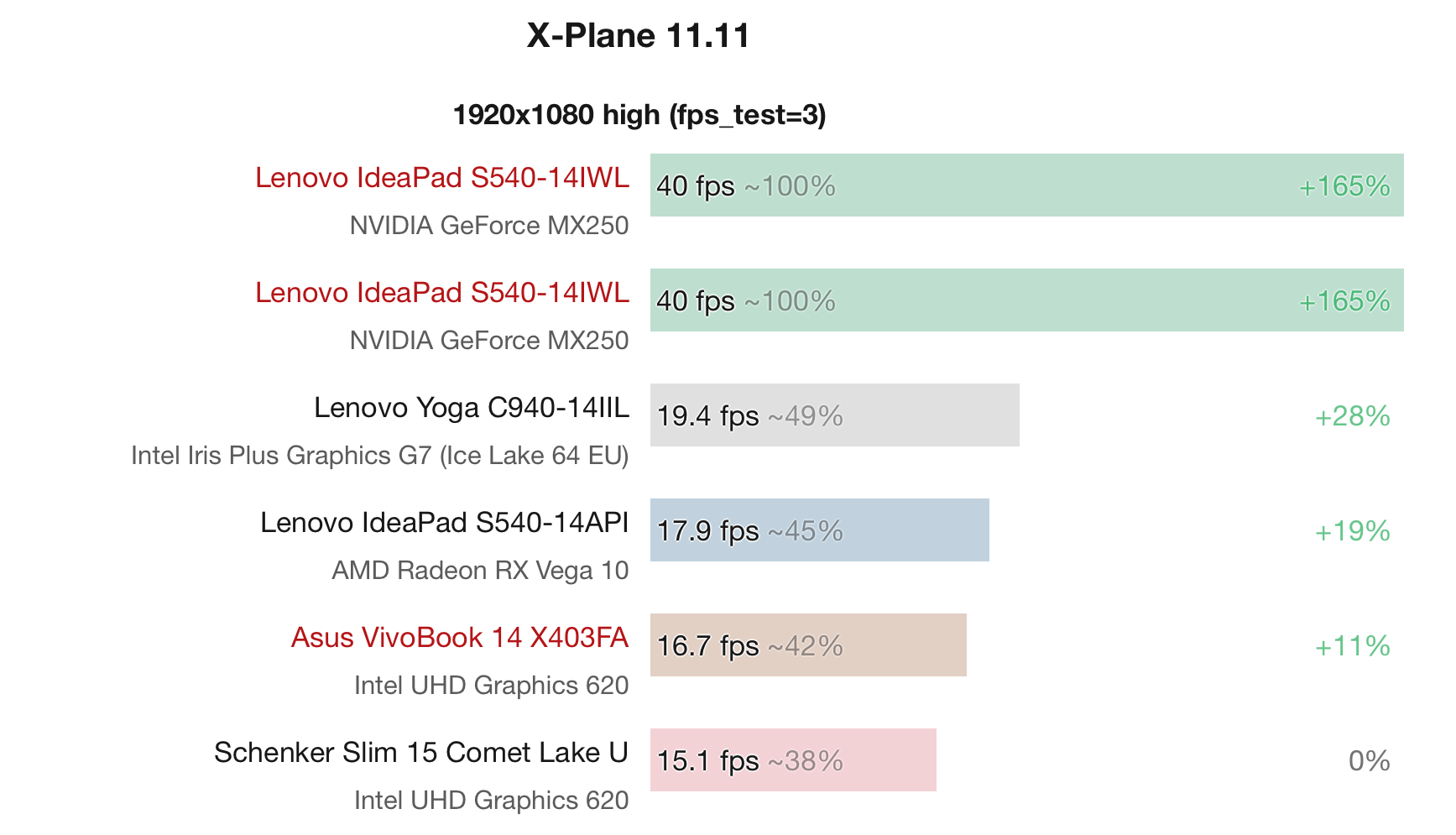
As mentioned before, a dedicated gamer is going to want a dedicated graphics card. However, for portable gaming on compact notebooks, it is an option for less demanding games running in 720p.
Since the iGPU is built-in to the processor, the price point remains affordable, but, of course, you get what you pay for. In this regard, you are still getting more bang for your buck with AMD's less expensive chipset as far as practical gaming is concerned.
Still, it's nice to see the two companies competing on the integrated graphics front. In the long run, it just means our laptops are going to be better at running those casual games that some of us play in the coffee shop to kill time.
Benchmark graphs courtesy of Notebook Check
https://www.techspot.com/news/82153-intel-iris-plus-graphics-g7-igpu-gives-amd.html